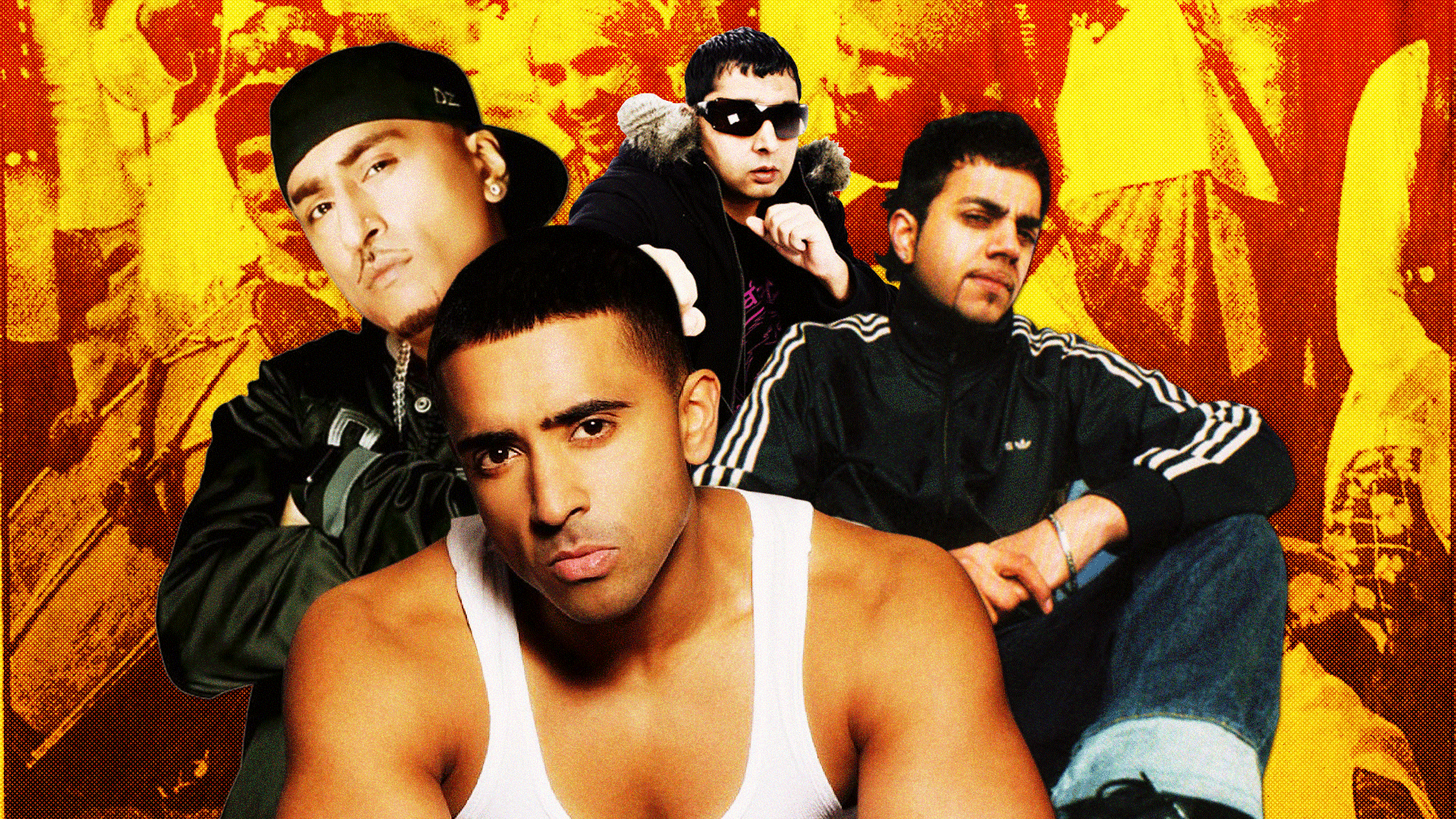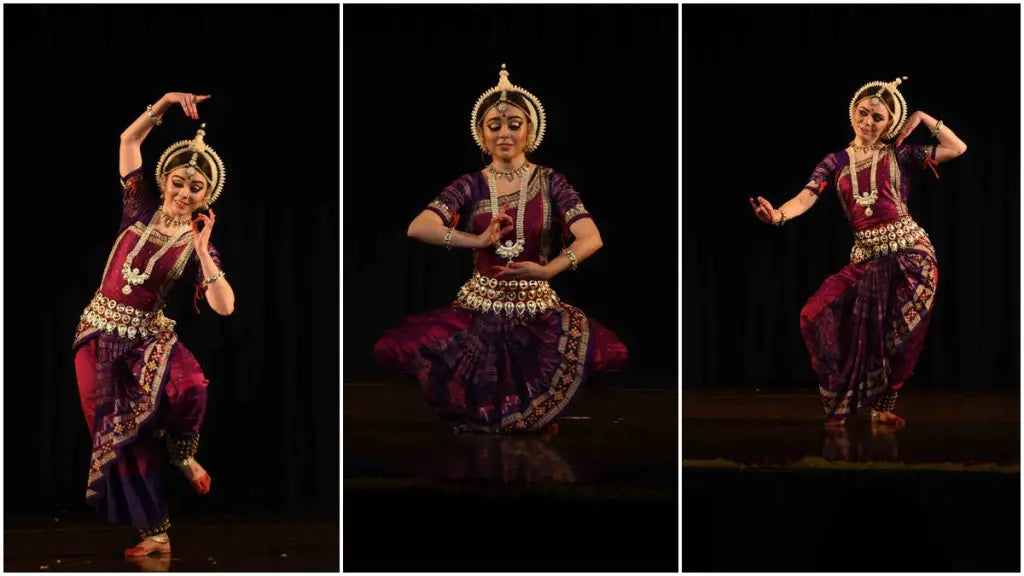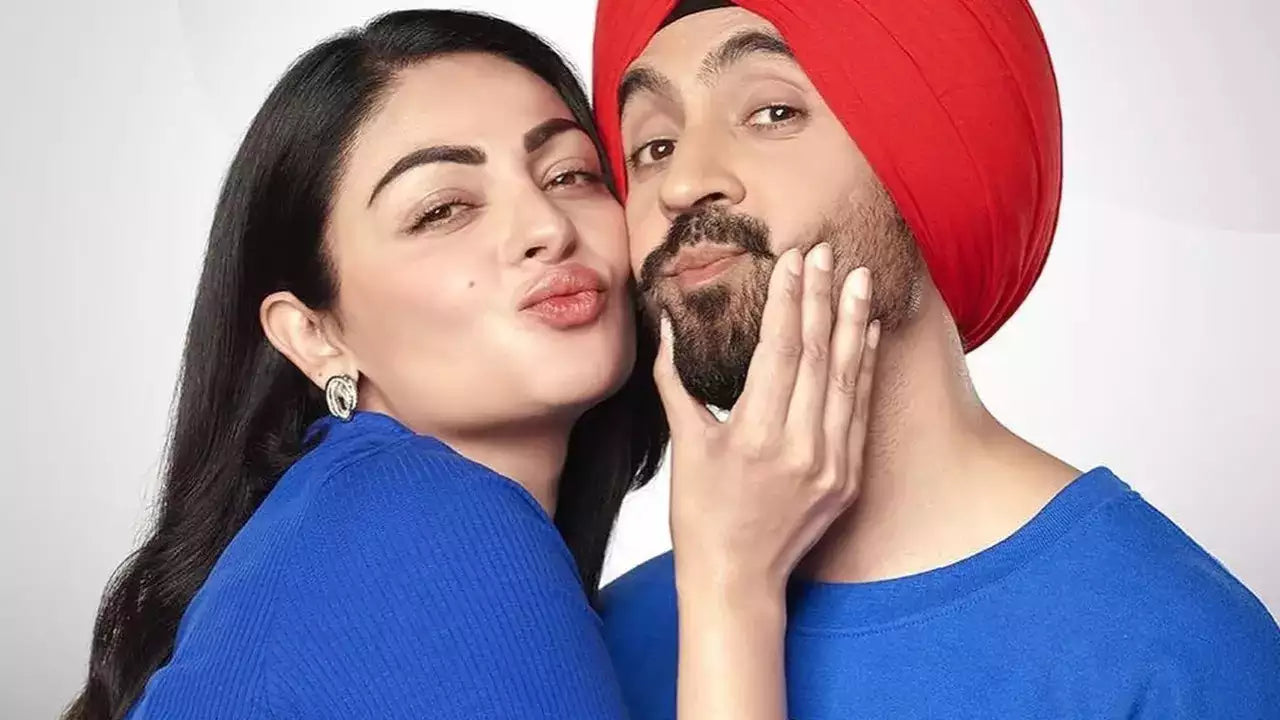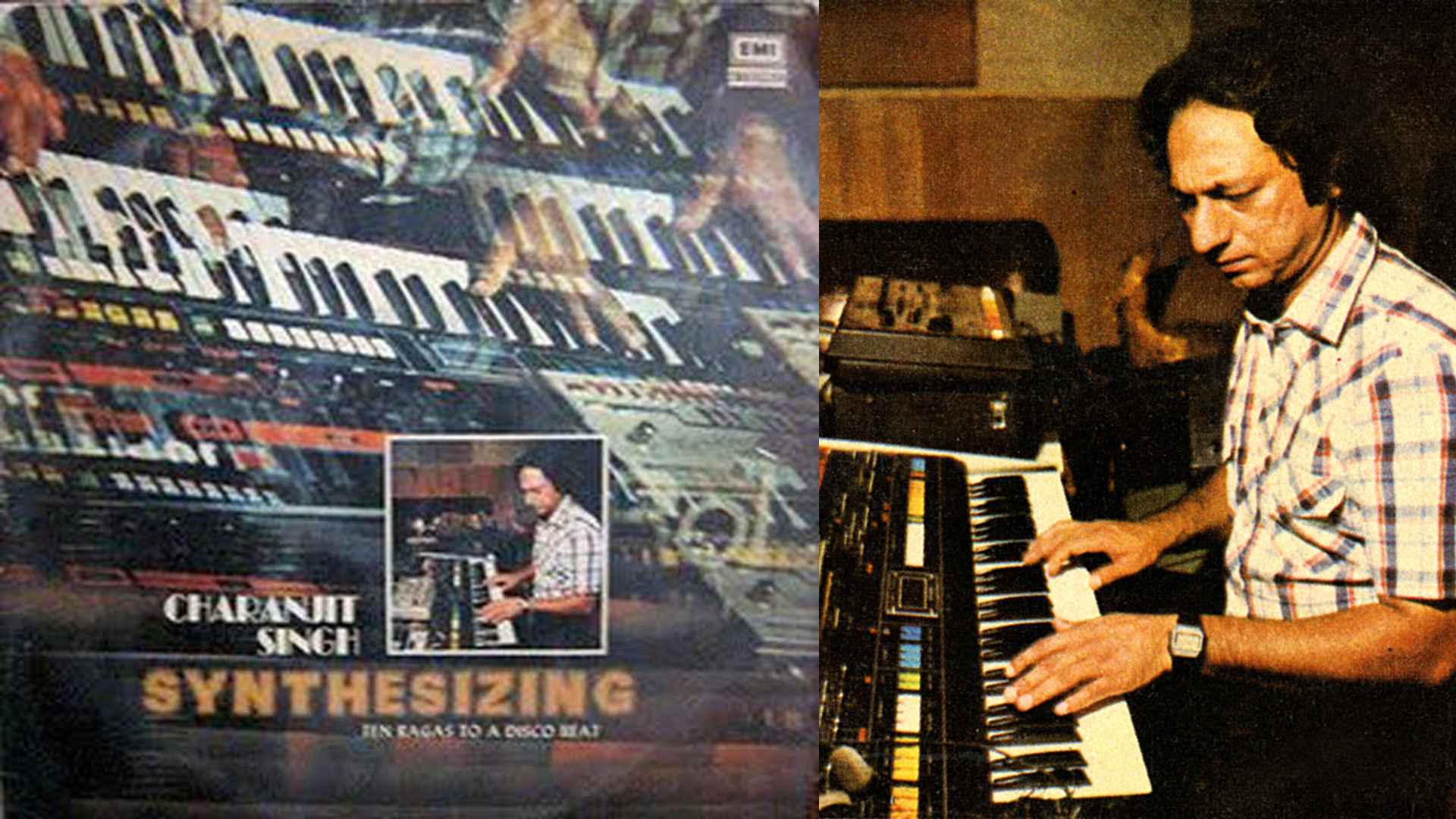When UK Punjabi Music Ruled Our Playlists

Picture this: it’s 2007. You just got back from school, ditched your uniform, and slumped on the sofa. MTV’s on, and suddenly, that unmistakable beat kicks in—the dhol, the bass, the swagger. You don’t know it yet, but you’re about to hear another UK Bhangra banger that’ll be stuck in your head all week. For a whole generation, UK Punjabi music wasn’t just music; it was rebellion wrapped in rhythm, the unofficial soundtrack of growing up desi in the 2000s.
UK Punjabi music didn’t just happen—it was brewed, simmered, and spiced up over decades. The roots of this genre go back to the 60s and 70s when Punjabi immigrants in the UK were navigating the tricky terrain of identity. The music that emerged was a reflection of their lives, mixing traditional Punjabi folk with Western styles. Bally Sagoo and Apache Indian were early experimenters, tossing in a bit of reggae here, a dash of disco there, and voila—a whole new sound was born.

Bally Sagoo | Creator: Photo © David Corio | Credit: Redferns
But it was the 80s that really kicked things into high gear. The post-immigrant generation, with one foot in the UK and the other in Punjab, began to add their own flavor to the mix. Disco met dhol, reggae had a run-in with the tumbi, and suddenly, there was this electrifying sound that got both your grandma and your hip cousin on the dance floor.
The 80s and 90s saw the rise of UK Bhangra’s biggest stars—bands that didn’t just make music, they made anthems. Alaap, Heera, Apna Sangeet—these names were as common at Punjabi weddings as laddoos and lassi.
Alaap, with Channi Singh at the helm, led the charge. Their high-energy tracks were like a shot of adrenaline, pushing Bhangra into the mainstream. Heera, another big name, brought the modern touch, mixing in synthesizers and drum machines, ensuring their tracks didn’t just play at weddings—they dominated them.
These pioneers didn’t just make music; they made a movement. They laid down the beats for what would become the golden era of UK Punjabi music. It was also a time when every party had the same unwritten rule: no night was complete until at least three Bhangra songs had played back-to-back, preferably with as many uncles as possible attempting synchronized shoulder moves. And the videos? Oh, they were a treat—shot in grainy glory, usually featuring oversized turbans, even bigger gold chains, and choreographed Bhangra routines on the streets of London that somehow managed to look effortlessly cool and slightly chaotic at the same time.
The lyrics often told stories of love, loss, village life, and, of course, the odd celebration of booze. It was relatable and refreshingly authentic, a way for young Punjabis in the UK to say, “We’re here, we’re proud, and we know how to party.” Bhangra also started to get mainstream attention, breaking out of community halls and into the broader cultural consciousness.
Tracks like Panjabi MC’s “Mundian To Bach Ke” were everywhere. You’d hear it blasting from cars, at clubs, even on TV commercials—it was impossible to escape, not that anyone wanted to. Suddenly, Bhangra wasn’t just something you danced to at weddings; it was a global phenomenon.
Enter artists like Dr. Zeus, Panjabi MC, Rishi Rich, Juggy D, and Jay Sean, who brought UK Bhangra to a whole new level in the 2000s. Dr. Zeus, with hits like “Kangna,” became a household name, blending Punjabi folk with urban beats that could dominate any dance floor.
Rishi Rich, along with Juggy D and Jay Sean, gave birth to the Rishi Rich Project, a perfect fusion of Bhangra, R&B, and pop. Their chart-topping track “Dance with You (Nachna Tere Naal)” became a global sensation, introducing Bhangra beats to a mainstream audience. Jay Sean, in particular, transitioned from the UK Bhangra scene to becoming an international pop star, showing just how far-reaching this genre’s influence could be. These artists didn’t just make music—they brought UK Punjabi sounds into the global pop culture conversation, making it cool for an entire generation to embrace their roots while vibing to something completely new.
Fast forward to today, and artists like AP Dhillon and Diljit Dosanjh are keeping that spirit alive, remixing the legacy with a fresh, global twist.
AP Dhillon’s latest EP, The Brownprint, is a masterclass in cultural fusion. Featuring collabs with international heavyweights like Gunna and Afrobeats star Arya Starr, Dhillon's sound is a nod to the genre-mixing roots of UK Bhangra, but with a glossy, genre-defying edge. His breakout hit “Brown Munde” became a viral anthem, not just in India but across the global South Asian diaspora, celebrated for its catchy hook and relatable lyrics about pride in the Punjabi identity. From his DIY YouTube production days to headlining global stages, Dhillon’s rise mirrors the hustle of UK Punjabi artists who built their scene from the ground up. Just like those early Bhangra trailblazers, he's tapping into the diaspora’s identity—only now, it’s set to trap beats and viral TikToks.
Then there’s Diljit Dosanjh, the guy who can do it all—sing, act, and charm your parents in perfect Punjabi. Diljit made waves globally with his hit song “Do You Know” and his viral single “Laembadgini,” which showcased his ability to fuse traditional Punjabi sounds with a slick, modern production style. His music has consistently pushed the boundaries of Punjabi pop, merging cinematic visuals with addictive beats.
With his ongoing Dil-Luminati tour, Diljit is turning every stop into a celebration of Punjabi culture, complete with beats, beats, and more beats. Picture the OG UK Punjabi music vibes but with an extra dash of Coachella-level stagecraft. He’s not just here to sing; he’s here to remind the world why Punjabi music always gets the party started.
Whether it’s shaking hands with Jimmy Fallon or becoming the first Indian to rock Coachella, Diljit’s moves are as calculated as his outfits. It’s the sound of a community that’s held on to its roots while fearlessly embracing the future. For Indian millennials, it’s more than just nostalgia—it’s a reminder of who we are, where we’ve been, and where we’re headed.
The beats may change, the faces may evolve, but the soul of UK Punjabi music remains the same: bold, joyful, and unapologetically ours.






Comments